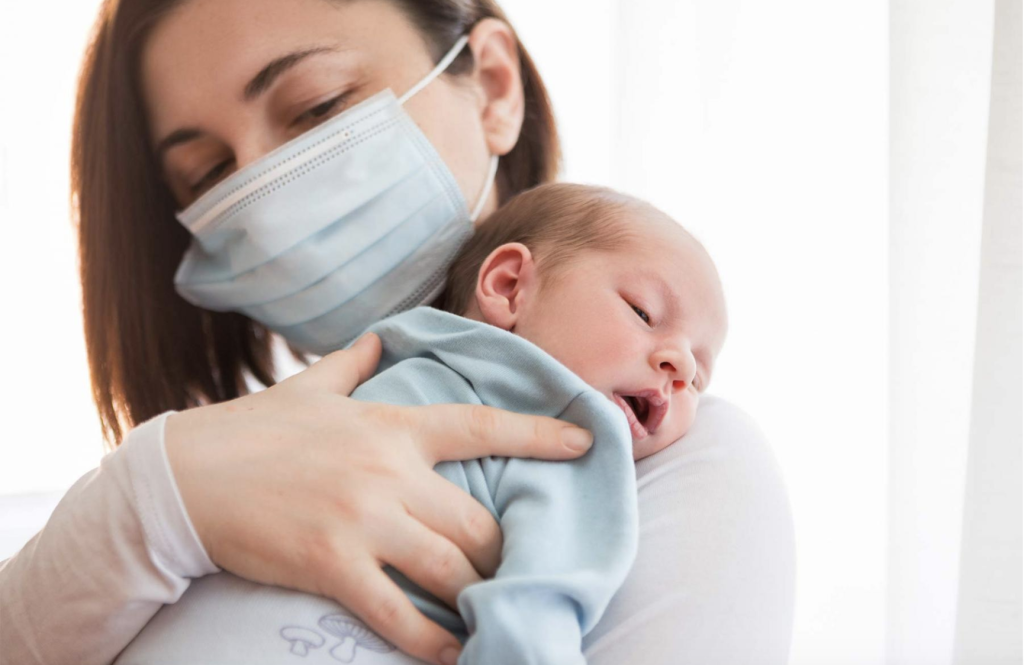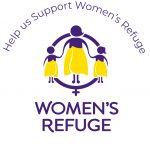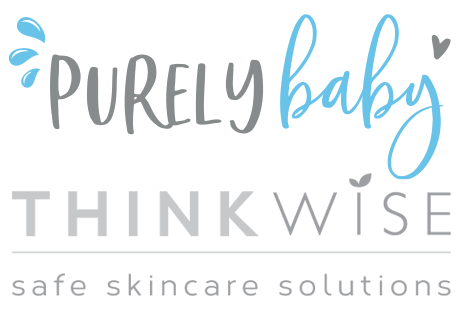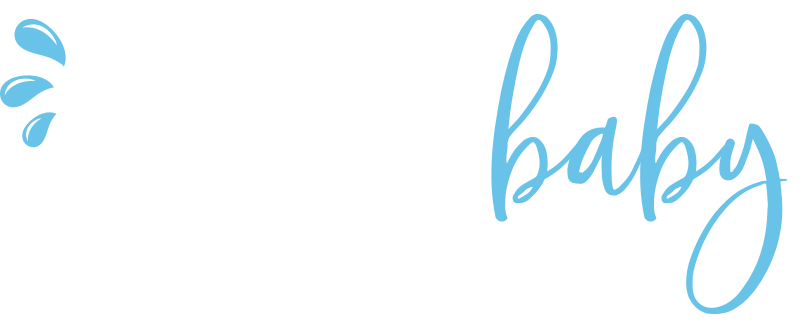
Masked faces from a baby’s perspective
For babies born in the last couple of years, facemasks are an everyday reality. This blog looks at what challenges, if any, this might have on language and emotional development for infants and small babies and what we can do to support them.
From birth infants see things best from about 25cm away. This is approximately the distance between snuggling in the parent’s arms and gazing into their eyes so right from the beginning, they are primed to look at faces to begin making sense of their new world.
While we need to be aware of the importance of this, we also need to keep perspective about the effects of mask-wearing and think about ways we can support our babies through this unusual time.
First, there is no need to wear a mask at home, so infants will have plenty of opportunity to experience a ‘normal’ communicating environment. If your baby is in out-of-home environments where masks are worn for considerable times in the day, you could increase your face-to-face communication when in the home, taking some extra time to just sit, look into their eyes and chat away. When your baby is expressing themselves back to you by burbling, facial expressions and body language, take extra time to mirror these back to them – taking turns, much like you would in a regular conversation. This is precisely how your babies’ brain makes connections and how they begin to make sense of both words and feelings.
When your face is partially covered, there are other ways to convey emotion and speech information. Infant brains are full of neurons but only about ¼ are connected at birth. This means that the infant brain is plastic and can learn more quickly than adults how to process the available information to support understanding. You could begin to concentrate more about communicating feelings and speech through tone of your voice, body language, gestures, posture, brow movements and touch, to compensate for the lack of facial expression. Eyes in particular are great communicators – be aware of ‘softening’ your eyes for calmness and kindness or exaggerating the crinkle to show joy or happiness or a wide open eye to convey surprise or shock.
Studies have shown that mask-wearing interferes with face recognition for adults but is even harder for children. One way to counter this, is to have people your baby sees fairly regularly wear something that is very personalised – a particular scarf or piece of jewellery for example, so your baby can associate that person with some other form of identification in addition to the top half of their face.
For our newest parents, introduce your infant to masks in the home environment. Make a peek-a-boo game out of wearing it and removing it to reveal a smile. Talk to your infant while wearing the mask so they get used to your muffled voice and relate it to you.
Most importantly, try not to stress – language and emotional wellness develop over many years and babies are programmed to be flexible, to thrive and learn from the environment into which they’re born. Remember that visual and hearing-impaired babies develop excellent communication and emotional skills as their caregivers use strategies with less emphasis on seeing or hearing. Also, Many societies all over the world use face coverings either for protection against germs or cultural and/or religious practices with no adverse effects for their children.
If you can provide regular, gentle and thoughtful communication and interactions with your little ones – mask or no mask – your baby will thrive!




